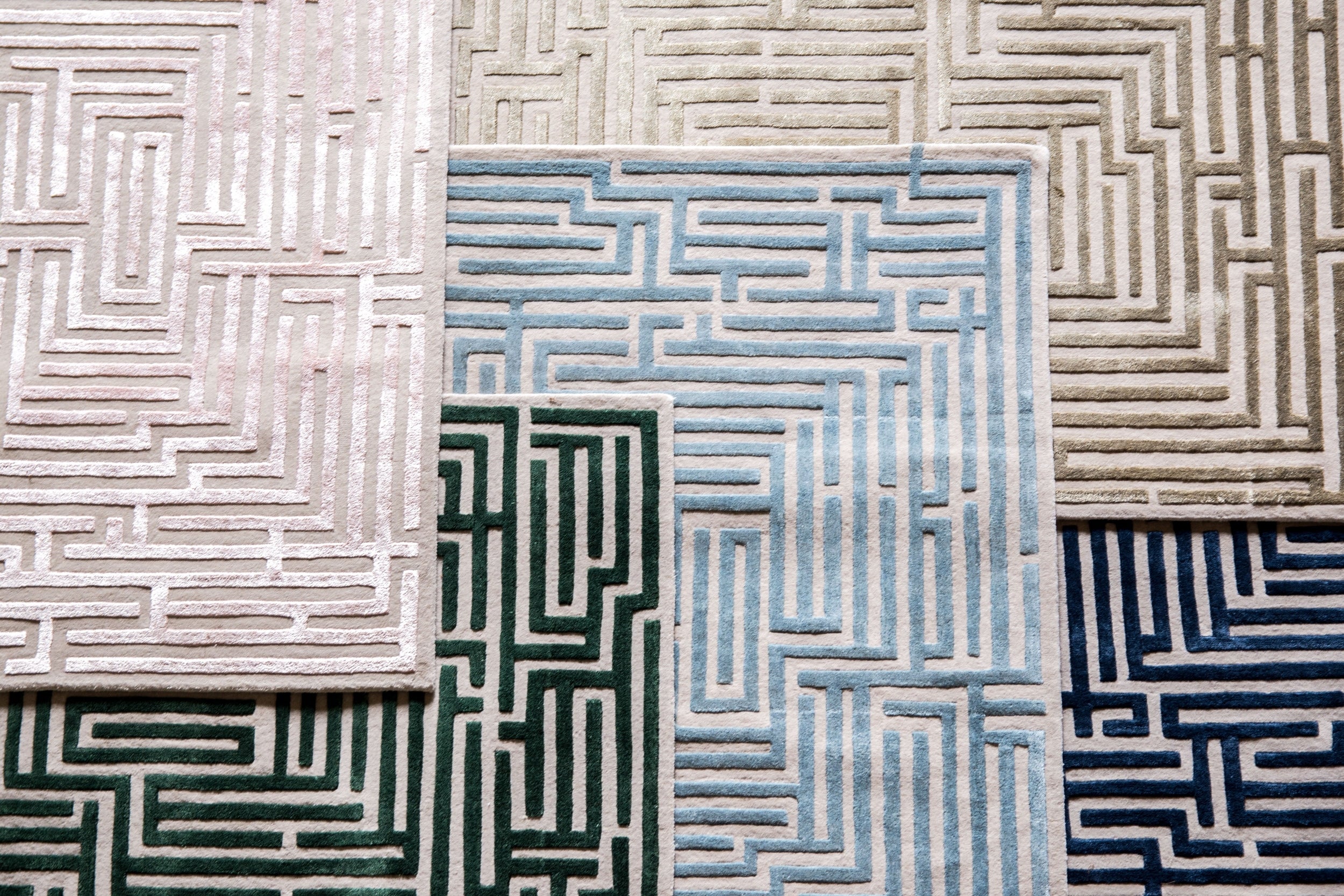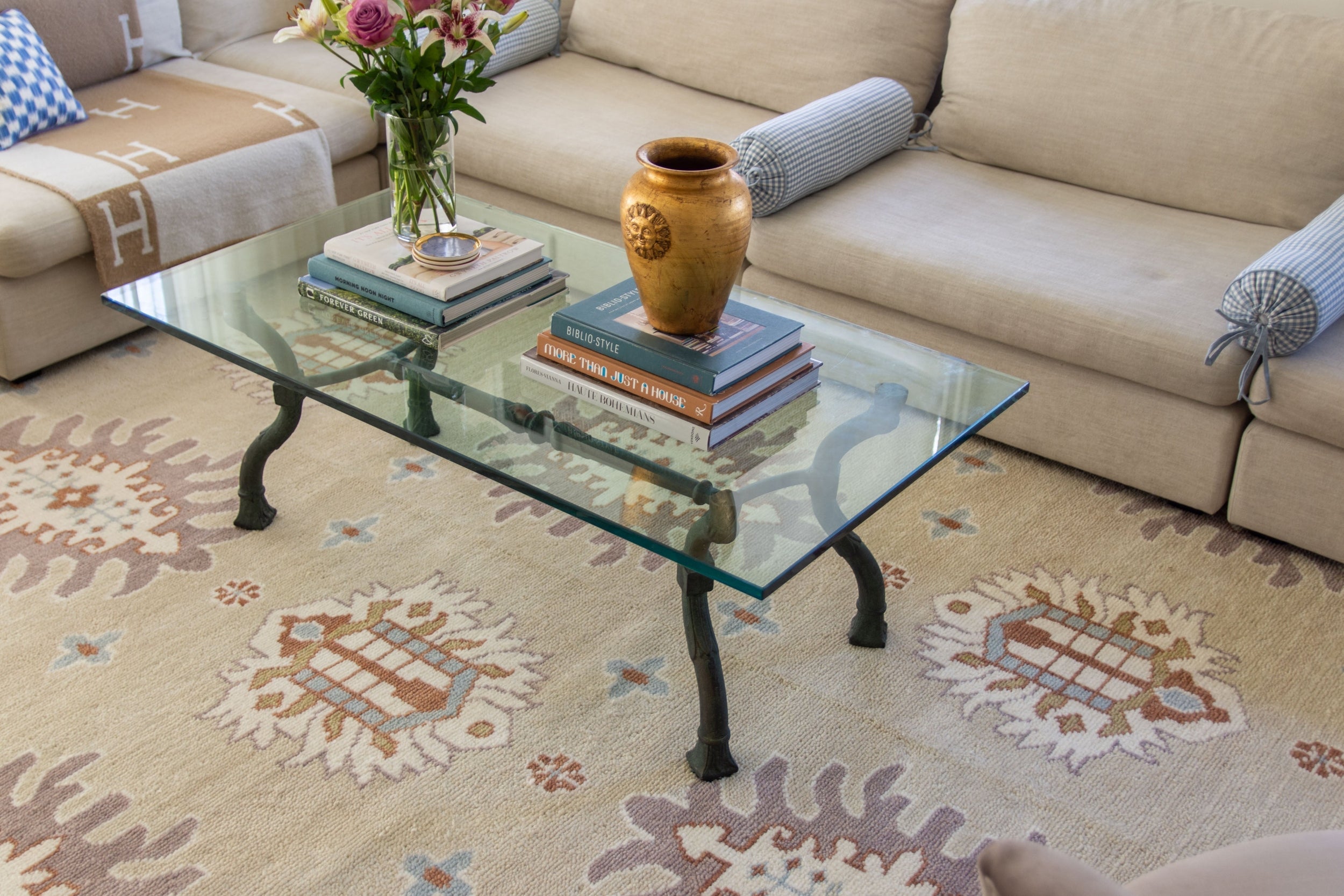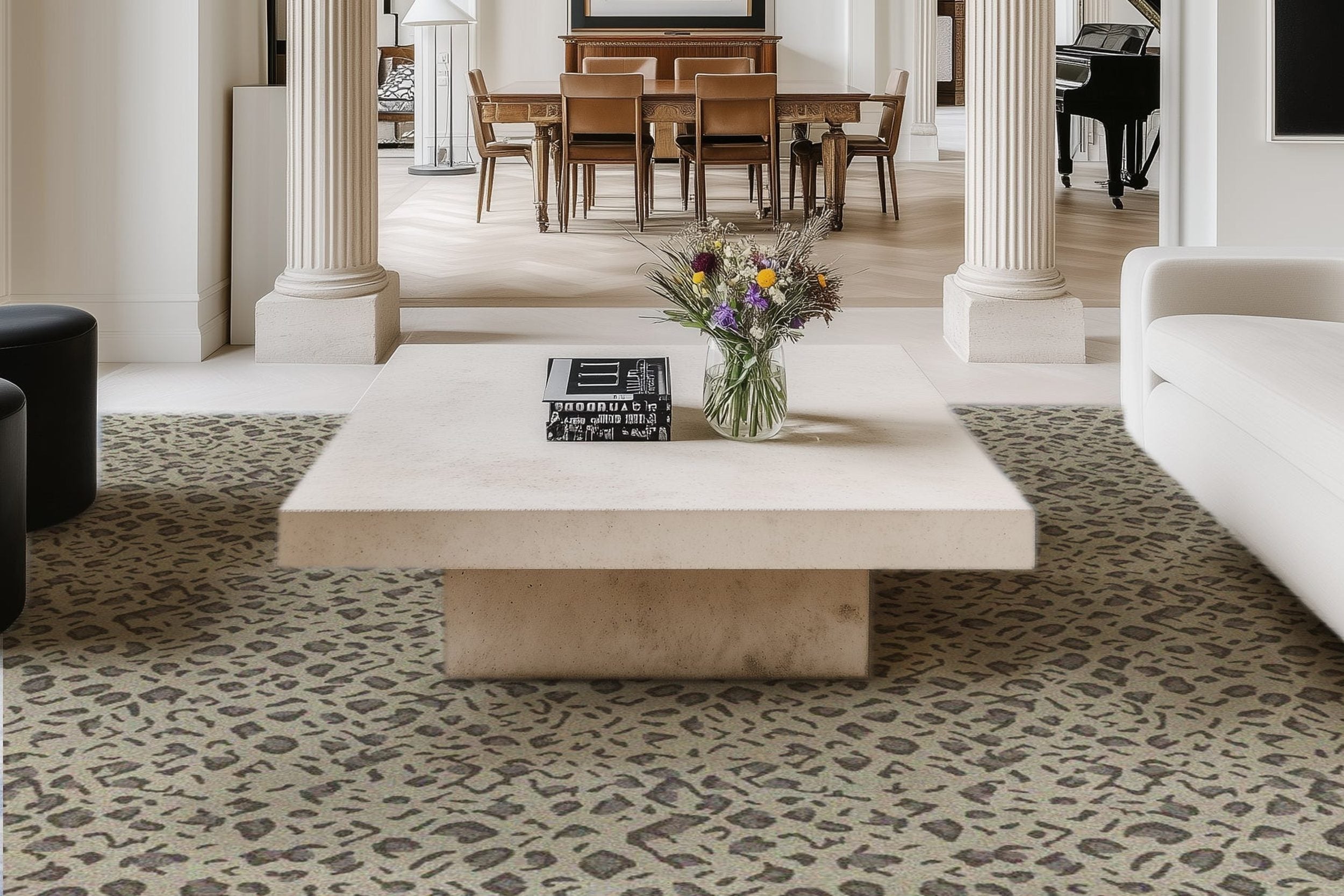The Art of Layering: Combining Textures and Patterns for a Cohesive Interior

When transforming a house into a home, it's often the behind-the-scenes work that lays the foundation for great design. Just as qualified plumbers based in Narangba ensure everything functions smoothly behind the walls, thoughtful layering of textures and patterns ensures a space looks and feels intentionally complete. The beauty of interior design isn’t only about what you see at first glance—it’s about how each element interacts, overlaps, and adds depth to the overall story of a room.
Layering is what gives a space its soul. It’s the reason some interiors feel one-dimensional, while others feel curated, lived-in, and emotionally resonant. Through the thoughtful combination of surfaces, textiles, and tonal contrasts, a well-layered room invites exploration. It feels cohesive yet spontaneous—structured, but never stiff.
Begin with a Grounded Foundation
Every beautifully layered room begins with a strong anchor. This could be a textural jute rug, a moody wall color, or a statement piece of furniture. Your foundation acts as the stabilizing force—the canvas upon which every layer builds.
Opt for a neutral or muted palette in your foundational elements to allow more freedom when layering later. A beige linen sofa, for example, creates the perfect backdrop for an array of colorful pillows, throws, and art without overwhelming the space.
At this stage, consider the architectural bones of the room as well. Elements like moldings, ceiling beams, or even an exposed brick wall can act as built-in “layers” that inform your design choices.
Curate Contrasting Materials and Finishes
Tactile variation is at the heart of successful layering. Juxtapose smooth with coarse, matte with glossy, rigid with soft. The most inviting interiors are those that encourage the hand to reach out and feel: a boucle chair beside a polished marble side table, a leather ottoman sitting atop a plush rug.
Natural materials—think reclaimed wood, stone, linen, and wool—bring a grounding, timeless quality to a space. Introduce them generously, especially if your palette leans minimal or modern. For a bit of drama, include occasional metallic or lacquered accents to add sparkle and contrast.
Even subtle choices can elevate the experience. A silk lampshade, a rough-hewn ceramic vase, or a velvet-fringed pillow are small touches that speak volumes when layered with care.
Layering Patterns: A Study in Balance
Pattern mixing is one of the most misunderstood yet rewarding aspects of layering. The key? Balancing scale, tone, and rhythm.
Start by selecting one dominant pattern—this could be a large-scale floral wallpaper, a bold area rug, or an oversized plaid drapery. Build around it using secondary patterns in coordinating hues but varying scale. For instance, pair that bold wallpaper with a finely striped upholstery fabric or a dotted ceramic.
Keep to a consistent color story. This doesn’t mean everything should match, but there should be a visual thread—repeating accent colors, similar tones, or complementary undertones—that ties the elements together.
One designer trick? Use solids or subtle textures as “breathing space” between patterns. This allows each motif to stand out without competing for attention.
For further inspiration, designers often recommend creating a pattern “mood board” to see how different prints play together before applying them to a space. As noted by Architectural Digest, the most compelling interiors rely on contrast and cohesion in equal measure.
Don’t Overlook Vertical and Overhead Layers
Layering doesn’t just happen at eye level. Ceilings and vertical planes are ripe for design moments.
Paint the ceiling in a rich hue for unexpected depth. Add decorative molding or ceiling medallions for architectural interest. Floor-to-ceiling curtains in luxurious fabric add instant drama and softness, especially when they pool slightly at the floor.
On the floor, layering rugs adds comfort and dimension. Start with a large, neutral base—such as a flat-weave or sisal rug—then add a smaller, patterned or vintage rug on top. This trick works especially well in open-plan spaces where you want to visually “zone” different areas.
Accessories: The Storytellers of the Room
Once your larger elements are in place, accessories bring your vision to life. These are the final brushstrokes—the layered touches that make a space feel truly personal.
Mix sculptural objects with organic forms: a sleek lamp beside a hand-thrown vase, or a stack of design books topped with a piece of driftwood or coral. Use trays to corral smaller pieces and add order to surfaces like coffee tables or consoles.
And don’t underestimate the power of textiles. A layered stack of pillows in varying fabrics—linen, velvet, faux fur—can instantly refresh a sofa or bed. Swap them seasonally to keep things feeling current.
Layering with Meaning
The most successful interiors reflect a person’s life—not just the latest trends. Layering gives you an opportunity to bring in pieces that carry emotional weight: framed handwritten notes, heirloom furniture, artwork collected over time, or handwoven textiles from travel.
These elements give the room texture beyond the visual—they give it a sense of narrative. It’s not just a well-designed room. It’s your room.
The Takeaway
Layering is part art, part intuition. It’s the nuanced practice of mixing materials, finishes, patterns, and personal objects to create a home that feels both elevated and effortless. Like the work of a skilled artisan, it’s rarely loud, but always felt.
So take your time. Experiment. Evolve. And above all, allow your space to reflect your story—one thoughtful layer at a time.
Browse by Category

Design Projects
Explore interiors from client work and personal renovations — layered, livable, and always in progress.
read more →
Collaborations
From product launches to styled spaces, discover the brand stories I’ve helped bring to life.
read more →
The Notebook
A growing archive of iconic designers, inspiring artists, and unforgettable design moments.
read more →
Travel by Design
Wander with a designer’s eye — from charming hotels and city guides to visual inspiration abroad.
read more →




